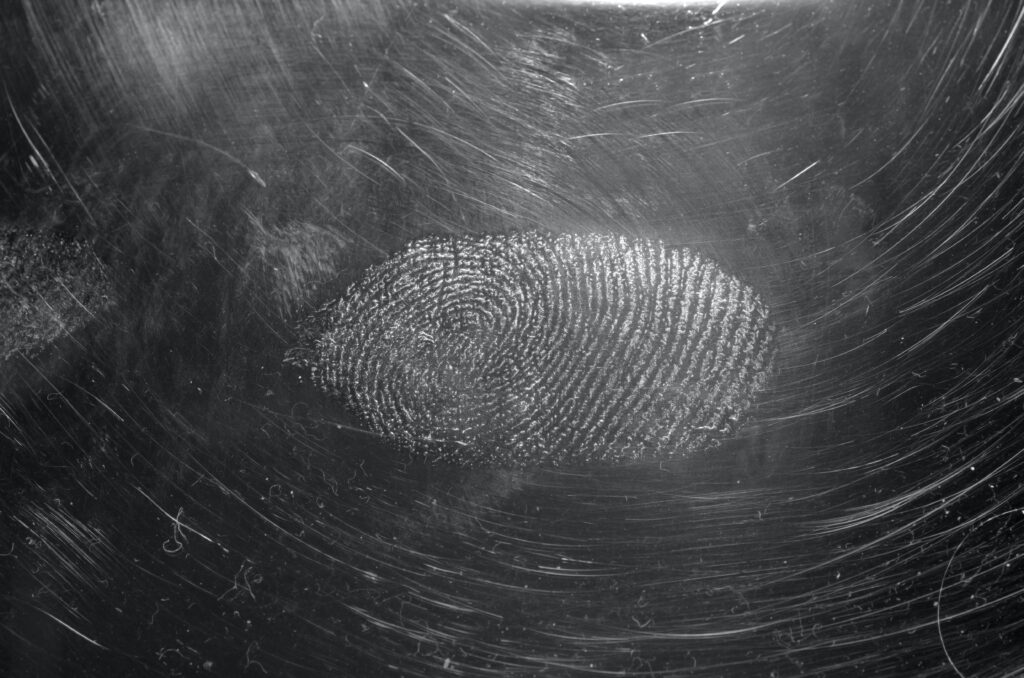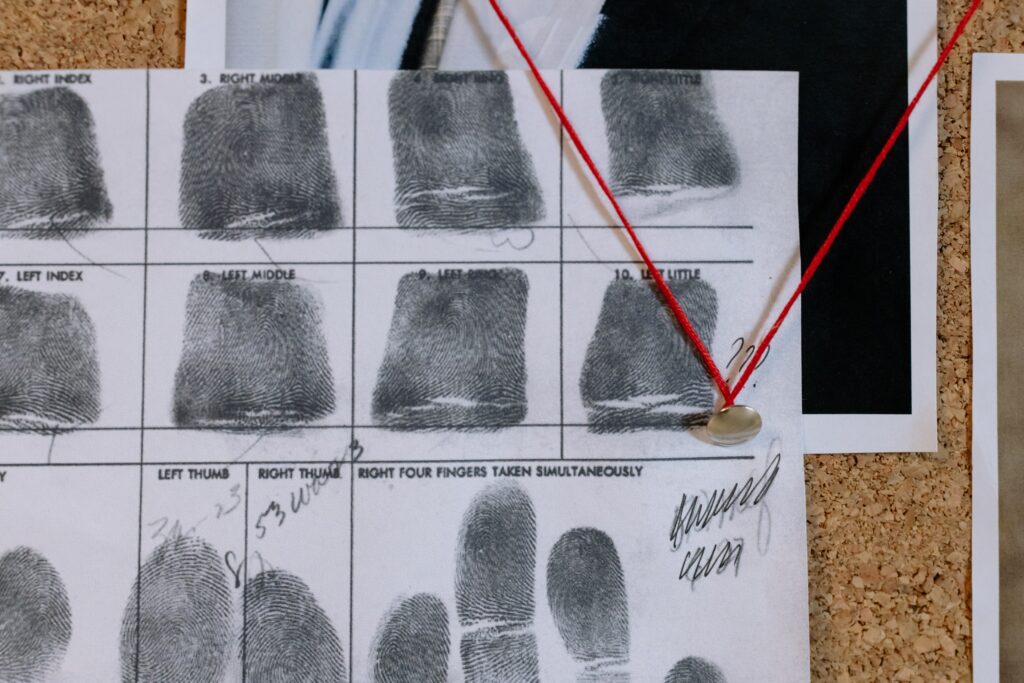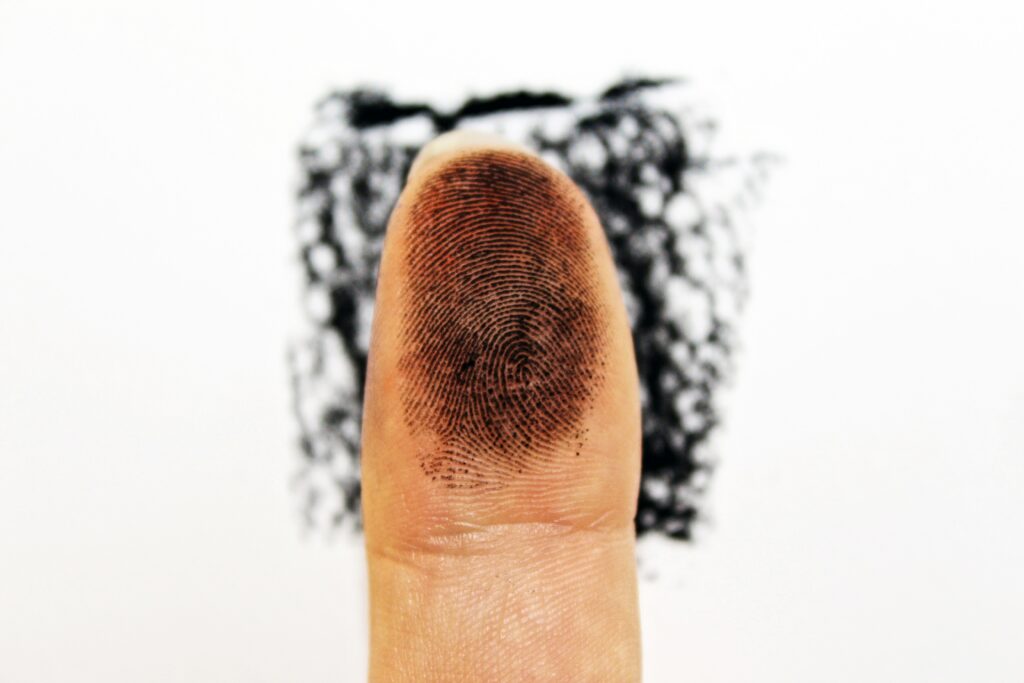Have you ever wondered, why are fingerprints important?

A fingerprint, dermatoglyph or dactylogram is the visible or molded impression produced by the contact of the papillary ridges of a finger (usually the thumb or index finger is used) on a surface.
Fingerprinting is part of biometrics, a science based on the recognition of a physical or biological characteristic to identify a person. No two people have the same fingerprints; not even identical twins. Fingerprints never change, even with age, unless the deep or basal layer is destroyed or intentionally modified by plastic surgery.

There are three main patterns of fingerprints, called arcs, curves and spirals, the shape, size, number and arrangement of small details in these patterns make each print unique. Of the three types, loops are the most common pattern type, appearing in 70% of people
The importance of fingerprints lies in the fact that it is through them that a person can be identified; There is nothing more personal and individual than the marks left by our fingers, since they are unique and non-transferable, which is why it is currently the way to identify a person without fear of being wrong.

What are the fingerprints of the fingers of the hands used for? They have measured the sensitivity to vibrations of both sensors when sliding on different rough surfaces and it has been found that the fingerprints amplify the range of spatial frequencies of the surface details that can be perceived.
Now, let’s see the next experiment, let’s develop it and let’s get our detective side out!





Responses